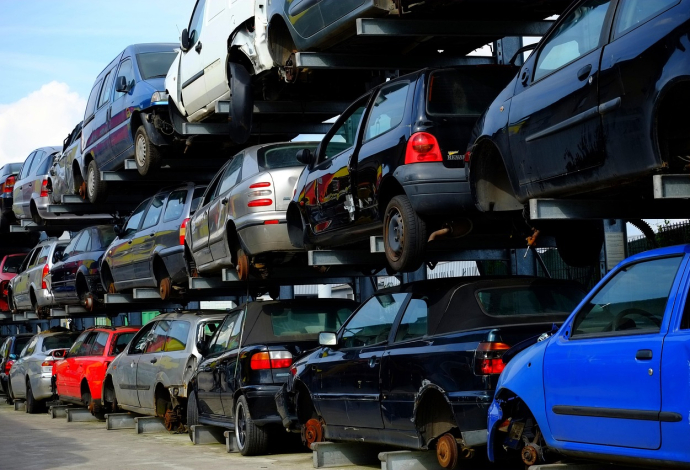What is ASR and how do Eddy Current Separators unlock its value?
02/10/2025
When an end-of-life vehicle (ELV) is shredded, the bulk ferrous fraction is removed first. What’s left is known as ASR (Automotive Shredder Residue), a complex mixture of plastics, foams, textiles, glass, rubber, dirt, and, importantly, small but valuable pieces of non-ferrous metals. For years, much of this material was processed into two main categories: exported as low-grade mixed fractions such as zorba, with the remainder sent to landfill. Today, driven by financial and environmental pressures, ASR recycling has become a key target for recovery and reliable equipment makes all the difference.

How Eddy Current Separators work
At the heart of any ASR recycling line is the eddy current separator (ECS). Using a high-speed magnetic rotor, an ECS generates powerful, rapidly changing magnetic fields. These fields induce electrical currents, “eddy currents”, in non-ferrous metals such as aluminium, copper, brass, stainless steel, and printed circuit boards.
The induced currents create a repelling force that throws non-ferrous metals clear of the residue. This produces two main outputs: a valuable non-ferrous fraction and a waste stream. Both can be further processed into their basic elements where required.
At BlakerTech, our MagThro™ Eddy Current Separator has been designed and tested in busy UK processing yards. Robust, efficient, easy to maintain, and straightforward to operate, designed with ease of use in mind, it consistently delivers strong and reliable recovery rates, even on challenging waste streams.
Why ASR recovery is growing
Several factors are driving the growth of ASR recycling:
- Stricter legislation – The EU is moving from the ELV Directive to a Regulation, setting higher reuse and recycling requirements and extending producer responsibility.
- Export barriers – Tightened rules around low-grade fractions such as zorba mean recyclers must produce cleaner outputs to sell.
- Demand for metals – Aluminium, copper, and other non-ferrous metals remain essential to manufacturing and construction, making recycled feedstock increasingly valuable.
- Cost and sustainability pressures – Diverting ASR from landfill reduces disposal costs and supports environmental goals.
- Technology gains – High-frequency rotors now make it possible to recover even fine fractions under 5 mm, adding significant revenue streams.
The BlakerTech approach
We understand the pressures recyclers face: the need to boost recovery, reduce downtime, and handle increasingly complex waste streams. That’s why we engineer equipment that is:
- Reliable and robust – built in the UK and proven in tough environments.
- Straightforward to operate – designed with ease of use in mind, avoiding unnecessary complexity.
- Backed by expertise – developed from decades of hands-on experience in waste metal recycling.
Conclusion
Recovering non-ferrous from ASR is no longer optional, it’s essential. With the right technology, recyclers can unlock revenue, reduce landfill, and meet stricter compliance targets.
At BlakerTech, we’re proud to provide UK-engineered, field-tested waste metal recycling equipment that helps our customers turn overlooked residues into valuable resources.


